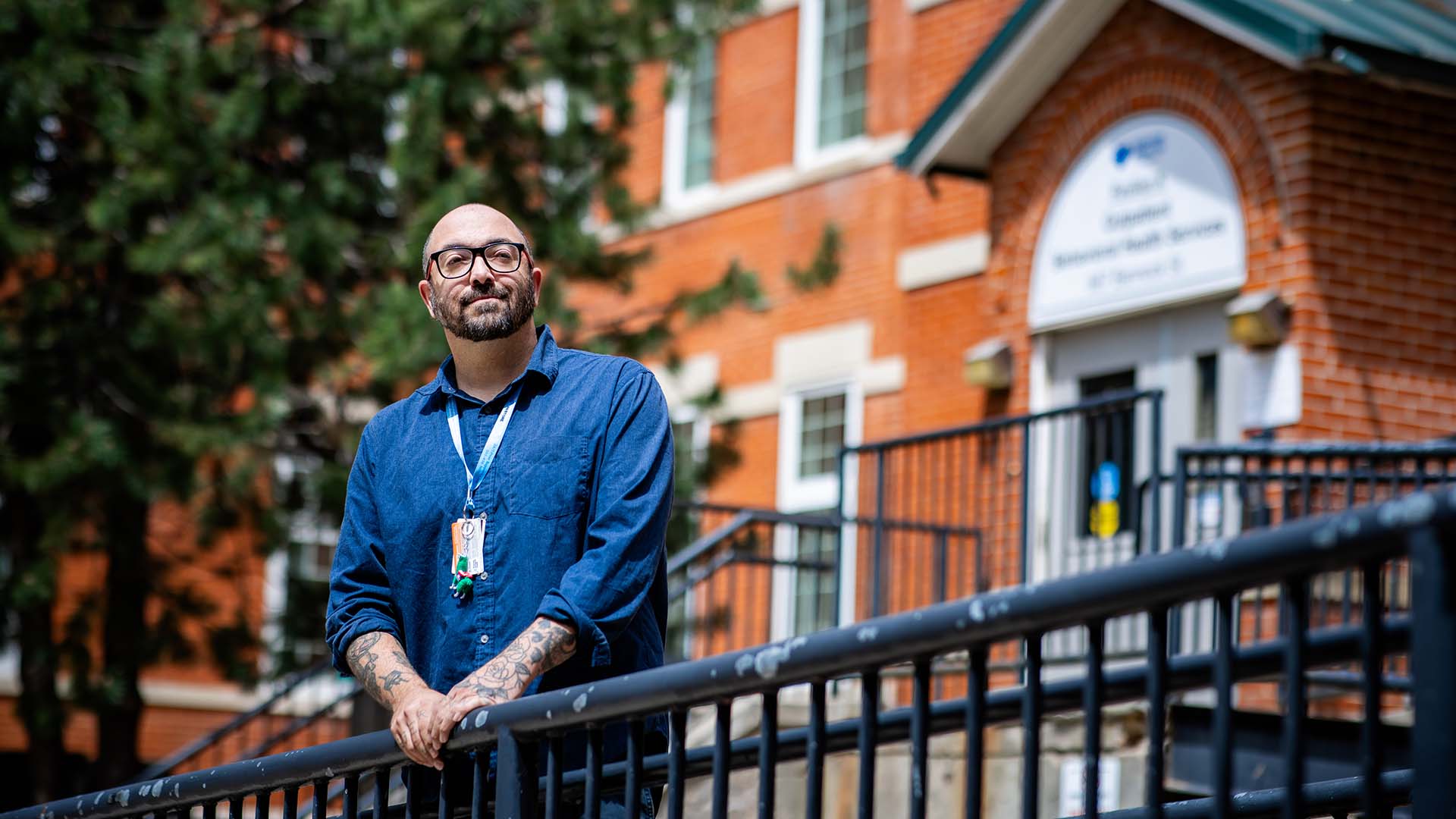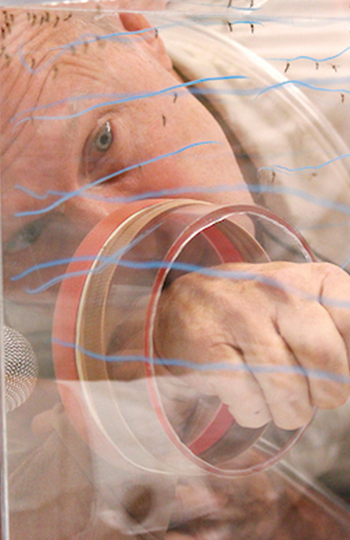Experts sound the alarm on Chagas disease. Should Coloradans be concerned?
The risk remains low in the U.S., Biology professor says, despite evidence of kissing bugs that carry the deadly parasite.
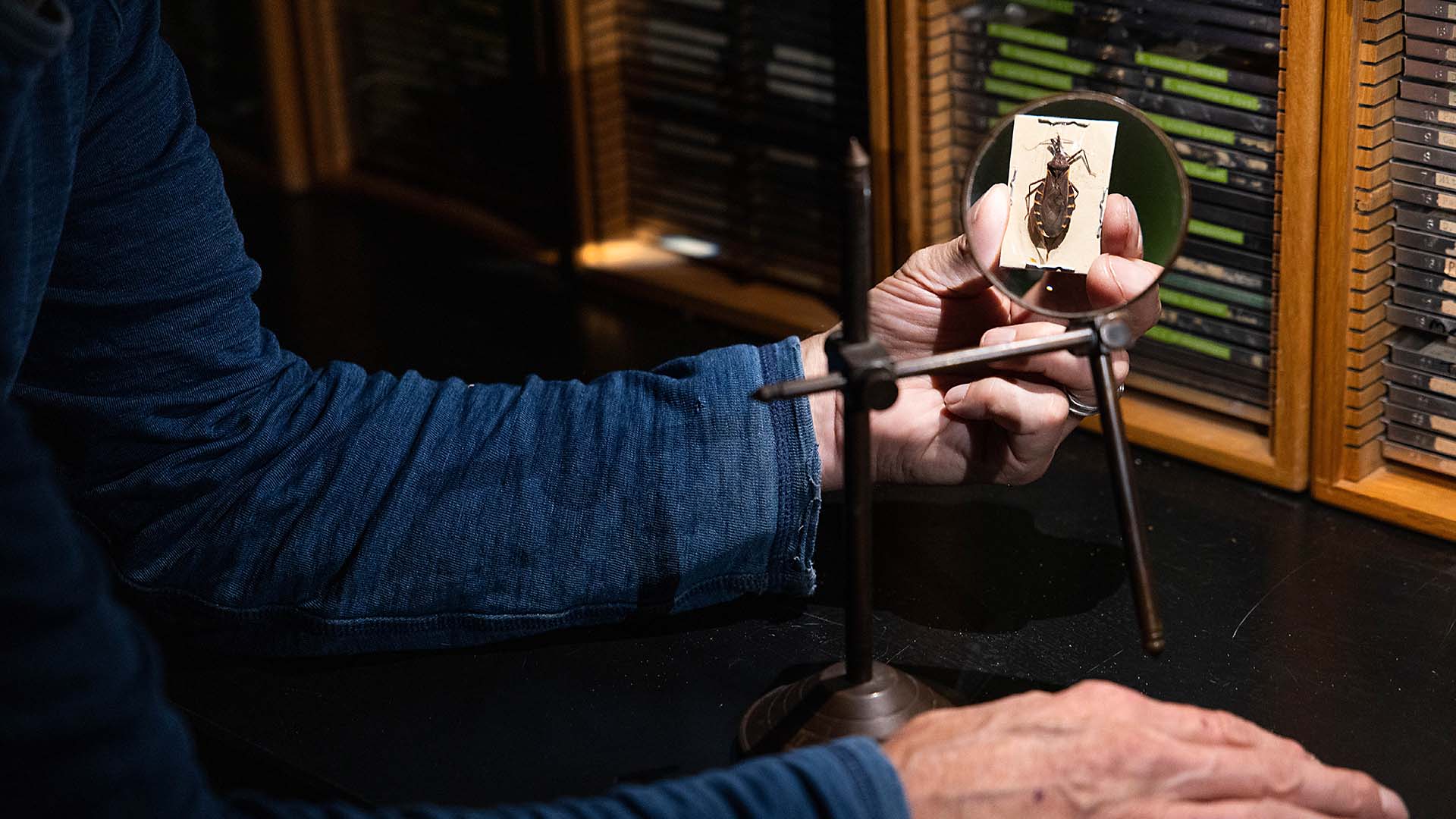
Public health experts are asking for Chagas disease, often called “kissing bug disease,” to be classified as endemic in the U.S. The disease, which is already considered endemic in 21 countries, has been reported in eight states in the U.S., according to a recent study published by the U.S. Centers for Disease Control and Prevention.
An endemic categorization would increase funding and improve the public health response, the researchers said. Metropolitan State University of Denver Biology Professor Robert G. Hancock, Ph.D., explains the science behind the transmission and the risks of this overlooked illness.
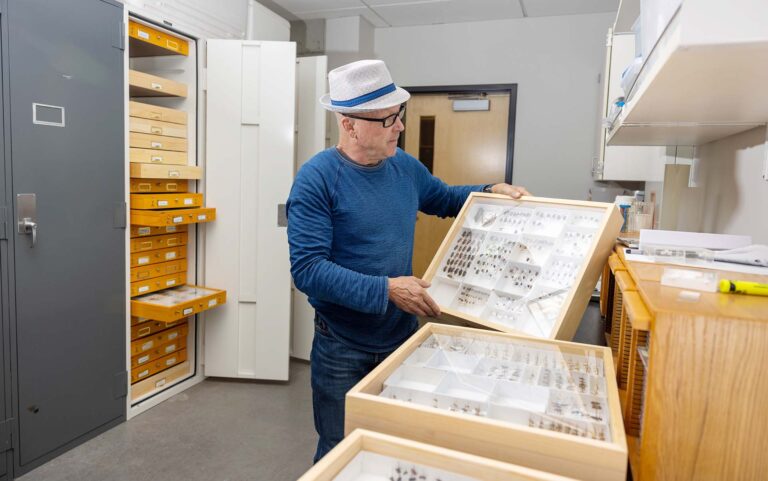
Where does Chagas disease come from and how is it transmitted?
The disease we’re talking about is caused by a protozoan parasite, Trypanosoma cruzi, and once you have it, it stays with you for life. Unlike viruses, this parasite is more complex and can live in muscle tissue for decades, often causing heart and digestive problems later in life.
Chagas disease is spread by kissing bugs (triatomine insects), which are nocturnal and hide during the day in dark refuges such as thatch roofs or cracks in walls. They often bite people on the face while they sleep. Transmission doesn’t occur through the bite itself but through auto inoculation: After feeding, some species defecate on the host, and scratching or rubbing the feces into the skin or eyes can introduce the parasite. A telltale symptom of infection is eye swelling, known as Romana’s sign.
What’s the situation in the U.S. and in Colorado?
South American countries such as Brazil, Colombia and Venezuela have dozens of kissing bug species. By contrast, the U.S. has only 11 species, and Colorado is home to just one: Triatoma protracta.
Colorado’s kissing bug species has shown a reluctance to defecate on its host — that makes it a poor vector compared to others in Latin America.
Still, cases are found in the U.S., usually among immigrants or travelers, but there have only been a small number of locally acquired cases in eight southern states.
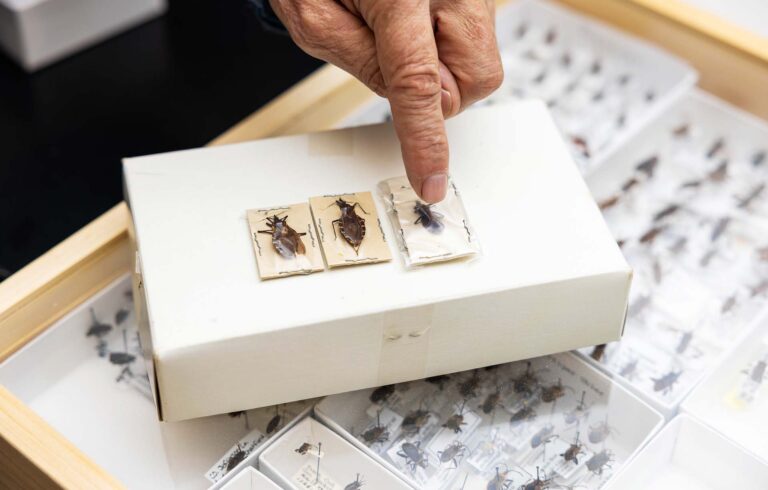
Who is most at risk?
The main risk groups include rural residents, outdoor workers, agricultural workers and campers. In Colorado, the risk is considered low because the local species rarely transmits the parasite. The Colorado species is mostly associated with pack rat nests in rural areas.
What are public health officials doing?
Although the risk in Colorado is low, hundreds of Coloradans may unknowingly carry Chagas disease, which is often discovered only during blood or organ donation screenings. A public health debate continues over whether the disease should be classified as endemic in the U.S. That designation could bring more research funding but also spark questions about how to prioritize limited resources when Chagas is compared with other diseases such as West Nile virus.
RELATED: Colorado’s wet weather fuels West Nile virus risks
What can people do to protect themselves?
Follow basic safety guidelines: If you think you’ve found a kissing bug, don’t handle it with your bare hands. The parasites in their feces can also be on the surface of their bodies. If you’re in an area where kissing bugs are more common, you can wear long sleeves and pants when outdoors, use insect repellent containing DEET, avoid sleeping in cluttered areas and keep pets indoors at night. If you have symptoms of Chagas disease such as fever, swelling or a rash, seek medical attention.
While the number of Chagas disease cases remains low in the U.S., the long-term effects can be serious, so it’s important to take steps to avoid exposure to the bugs that harbor the parasite.



